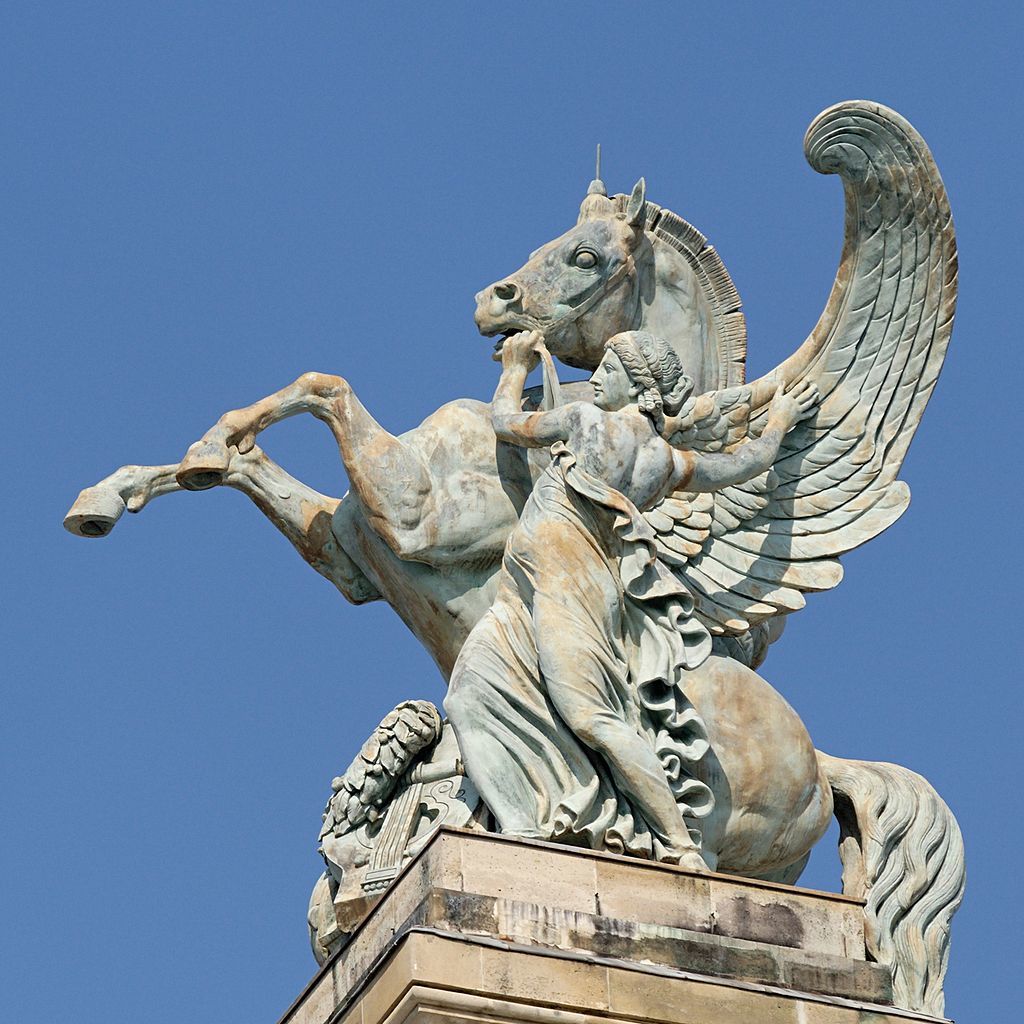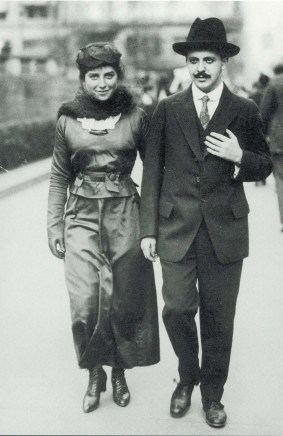The Growth of Modern Public Relations
by
Charles Lamson
Ivy Lee helped to open the gate for modern public
relations. After he established the idea that high-powered
companies and individuals have a responsibility to inform
their Publics, the practice began to grow in every
sector of American society
 |
Government
During World War I, President Woodrow Wilson established the Creel Committee under the leadership of journalist George Creel. Creel's group, composed of the nation's leading journalists, scholars, and public relations leaders mounted an impressive effort to mobilize public opinion in support of the war effort and to stimulate the sale of war bonds through Liberty Loan publicity drives. Not only did the war effort get a boost, but so did the field of public relations. The nation was mightily impressed with the potential power of publicity as a weapon to encourage national sentiment and support.
During World War II, the public relations field received an even bigger boost. The office of War Information (OWI) was established to convey the message of the United States at home and abroad under the directorship of Elmer Davis, a veteran journalist, the OWI laid the foundation for the U.S. Information Agency as America's voice around the world.
World War II also saw a flurry of activity to sell war bonds, boost the morale of those at home, spur production in the nation's factories and offices, and, in general, support America's war effort as intensively as possible. By virtually every measure, this full court public relations offensive was an unquestioned success.
The proliferation of public relations officers in World War I led to a growth in the number of practitioners during the peace that followed. One reason companies saw the need to have public relations professionals to speak up for them was the more combative attitude of President Harry Truman toward many of the country's largest institutions. For example, Truman's seizure of the steel mills touched off a massive public relations campaign, the likes of which had rarely been seen outside the government.

Later in the century, the communications problems of President Richard Nixon surrounding the cover-up of the Watergate political scandal brought new criticism of public relations. But the subsequent administration of the great communicator Ronald Reagan reaffirmed the value of public relations.
Counseling
The nation's first public relations firm the Publicity Bureau was founded in Boston in 1900 and specialized in general press agentry. The first Washington D.C. agency was begun In 1902 by William Wolfe Smith, a former correspondent for the New York Sun and the Cincinnati Inquirer. Two years later, Ivy Lee joined with a partner to begin his own counseling firm.
The most significant counselor this side of Ivy Lee was Edward L Bernays who began as a publicist in 1913. He was the nephew of Sigmund Freud and author of the landmark book Crystallizing Public Opinion.
Bernays was a giant in the public relations field for nearly the entire century. In addition to contributing as much to the field as any other professional in its history, Bernays was a true public relations scholar. He taught the first course in public relations in 1923 and was also responsible for recruiting the field's first distinguished female practitioner, his wife Doris E. Fleischman.
Fleischman former editor of the New York Tribune, was a skilled writer, and her husband was a skilled strategist and promoter. Together they built Edward L. Bernays, Counsel on Public Relations into a top agency in many ways. Fleischmann was the "mother" of public relations, paving the way for a field that is today dominated by talented women (Figure 1) 
Figure 1
Dynamic duo. Edward L. Berneys and his wife, Doris Fleischman, formed the 20th century's greatest public relations tandem.
Berneys's seminal writings in the field underscored the importance of strategic communications advice for clients. For example, Berney's wrote:
At first we called our activity "publicity direction." We intended to give advice to clients on how to direct their actions to get public visibility for them. But within a year we changed the service and its name to "counsel on public relations." We recognized that all actions of a client that impinged on the public needed counsel. Public visibility of a client for one action might be vitiated by another action not in the public interest.
After Berneys's pioneering counseling efforts, a number of public relations firms most headquartered in New York began to take root, most notably among them Hill & Knowlton, Carl Byoir & Associates, Newsom & Company, and Burson-Marsteller. One of the earliest African-American counselors was D. Park Gibson, who authored two books on African American consumerism and advised companies on multicultural relations.
For many years, Hill & Knowlton and Burson-Marsteller jockied for leadership in the counseling industry. One early counselor, Harold Burson, emphasized marketing-oriented public relations "to help clients sell their goods and services, maintain a favorable market for their stock, and foster harmonious relations with employees."
In the 1990s, the counseling business saw the emergence of international super agencies, many of which were merged into advertising agencies. Indeed both, Hill & Knowlton and Burson-Marsteller were eventually merged under one corporation, WPP, which also includes the J. Walter Thompson and Young & Rubicam advertising agencies. Another mega-communications firm, Omnicom Group, owned seven major public relations firms including Fleishman-Hillard, Porter Novelli, and Ketchum. Despite these communications conglomerates, most public relations agencies still operate as independent entities.
In the 21st century then, the public relations counseling business boasts a diverse mix of huge national agencies, medium-sized regional firms, and one person local operations. Public relations agencies may be general in nature or specialists in everything from consumer products to entertainment to healthcare to technology.
Corporations
As the 20th century rolled on, the perceptual problems of corporations and their leaders diminished. Opinion polls after World War II ranked business as high in public esteem. People were back at work and business was back in style.
Smart companies---General Electric, General Motors, and American Telephone and Telegraph (AT&T), for example---worked hard to preserve their good names through both words and actions. Arthur W. page became AT&T s first public relations vice president in 1927. Page was a legendary public relations figure, helping to maintain AT&T's reputation as a prudent and proper corporate citizen. Page also was one of the few a public relations executives to serve on prestigious corporate boards of directors, including Chase Manhattan Bank, Kennecott Copper, Prudential Insurance, and Westinghouse Electric. Page's five principles of successful corporate public relations are as relevant now as they were in the 1930s:

Another early corporate public relations luminary was Paul Garrett. A former news reporter, he became the first director of public relations for General Motors in 1931, working directly for GM's legendary CEO Alfred Sloan. Garrett once reportedly explained that the essence of his job was to convince the public that the powerful auto company deserved trust, that is, " to make a billion dollar company seem small." Ironically, as good as Garrett was, he nevertheless reflected the universal public relations complaint still coming today, of "never feeling like an insider" within his organization.
*SOURCE: THE PRACTICE OF PUBLIC RELATIONS, 10TH ED., 2007, FRASER P. SEITEL, PGS. 31-34*
end
|

No comments:
Post a Comment